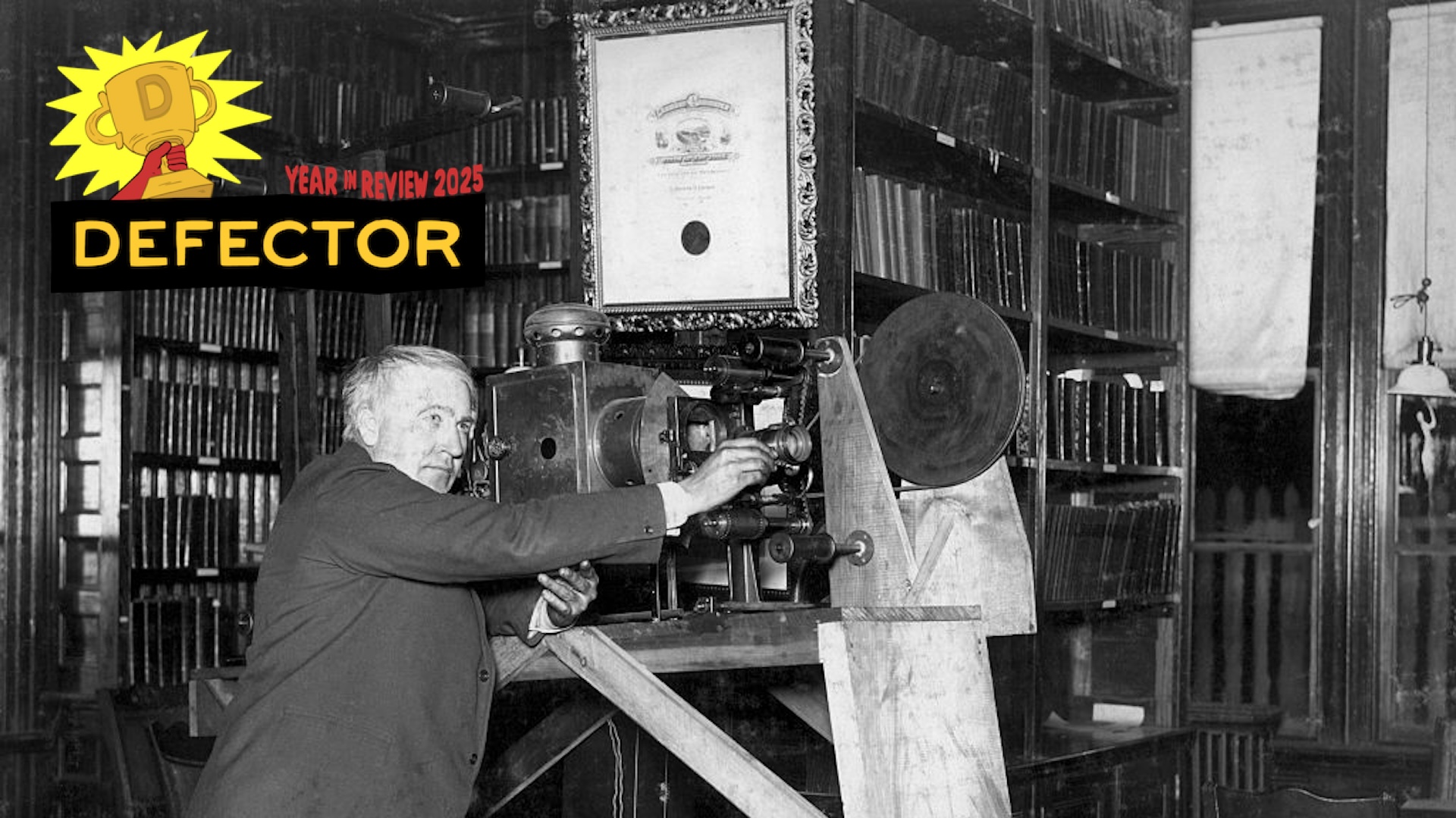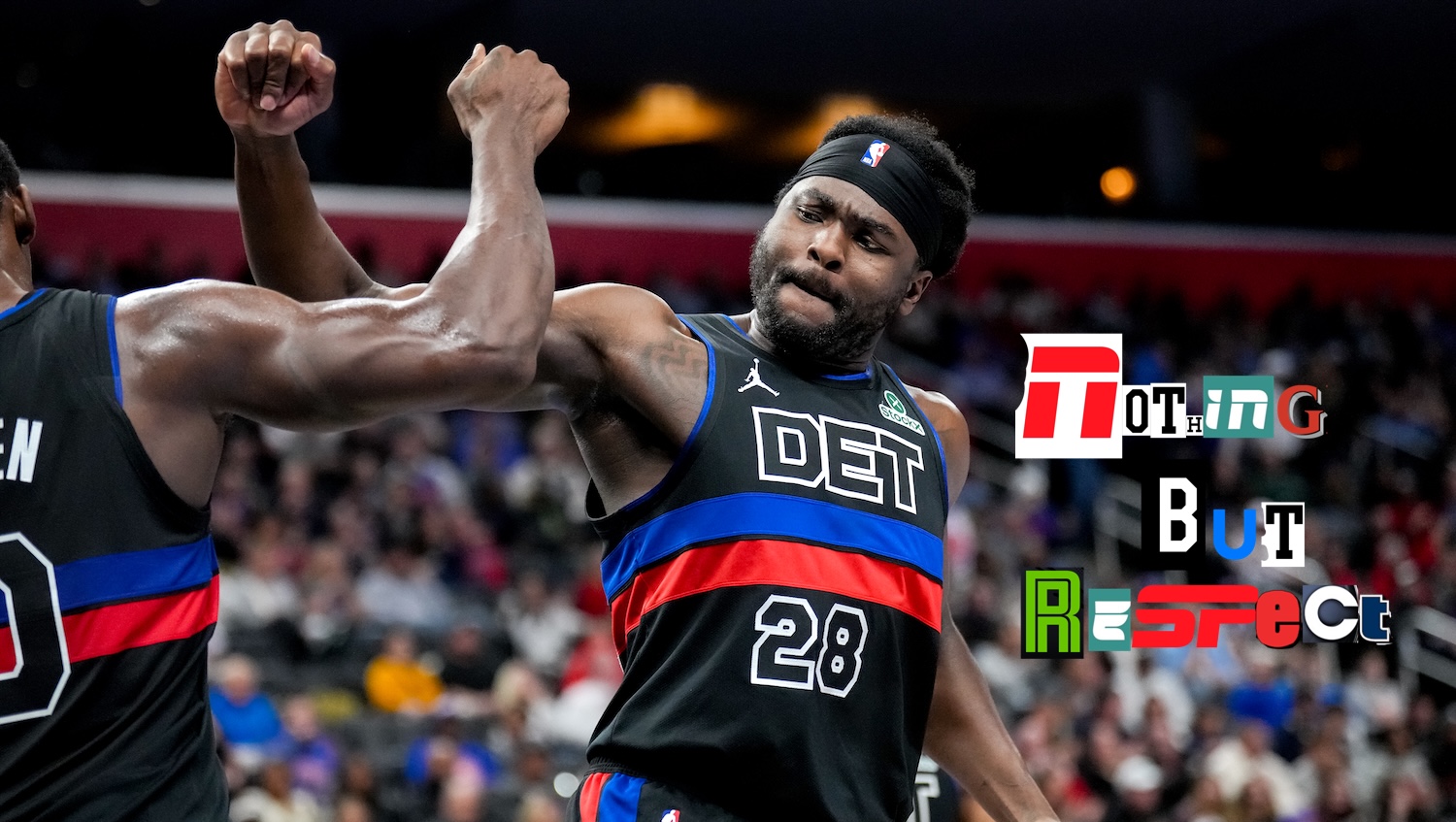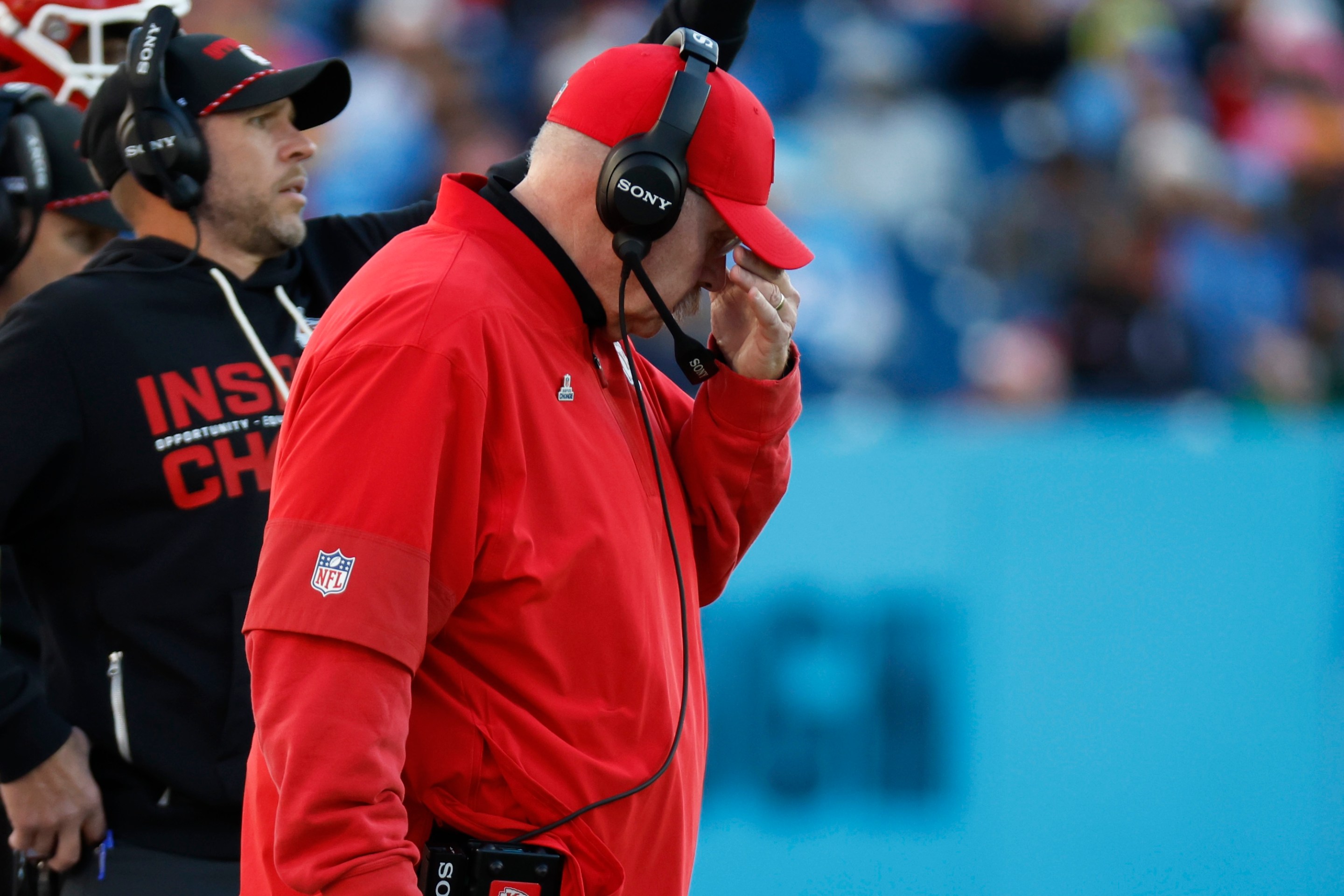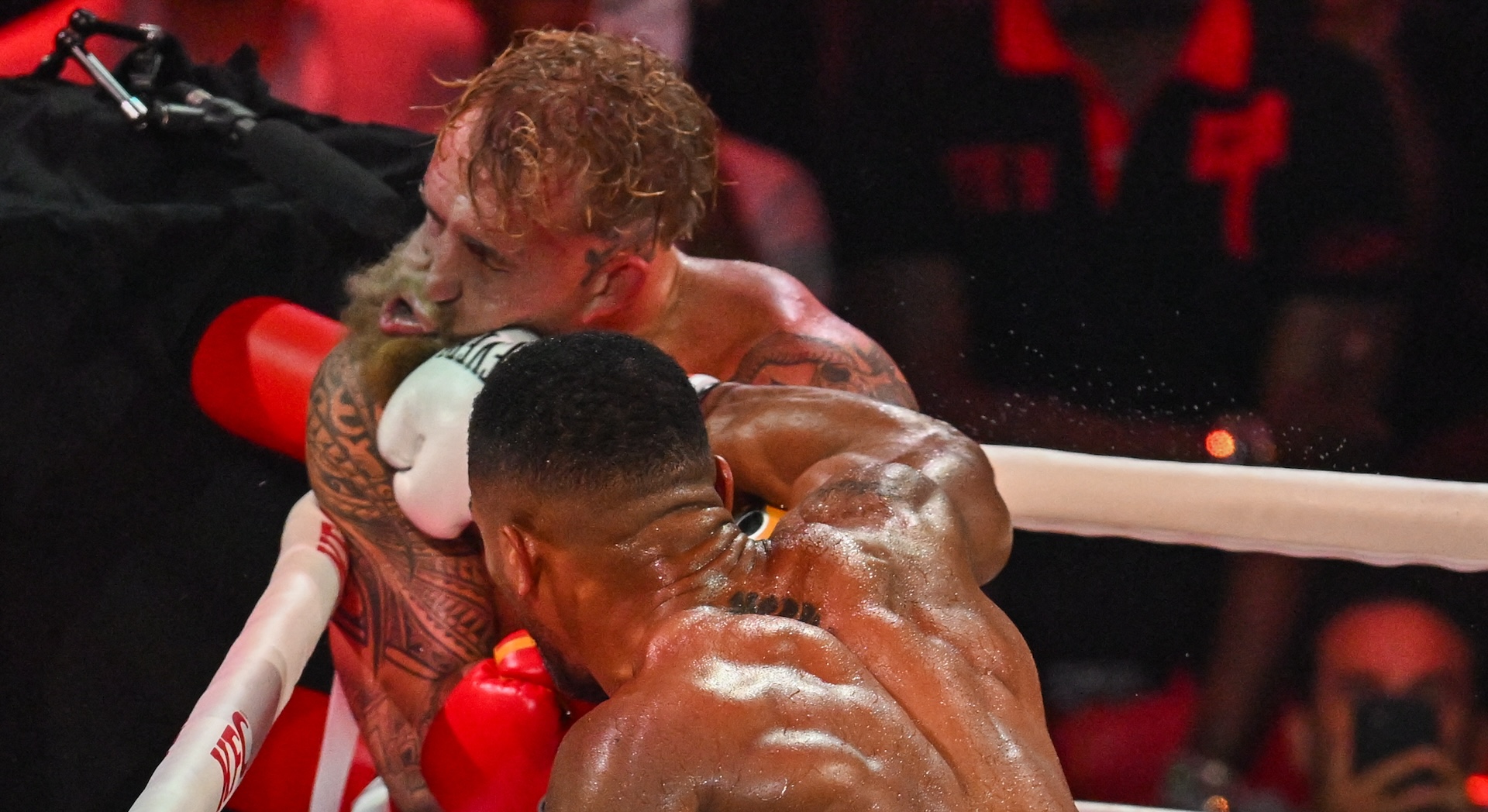When David Lehman, a poet then working as a book critic for Newsweek, proposed the project for The Best American Poetry anthology, he was searching for a national platform. His first anthology project, published by Macmillan in 1987, was a flop. But Lehman had an editorial vision. As he writes in the forewords to The Best American Poetry, collected in The State of the Art, he saw a flourishing in American poetry “despite unfavorable conditions” in university English departments. Lehman had quit his tenure-track teaching position years earlier, fed up with the turn toward literary theory in the “academic ghetto.” As he put it, “the war for the survival of the literary culture” is “the real culture war,” and poetry was under threat. The Best American Poetry would be an offensive maneuver in that battle, a “publishing experiment” committed to expanding poetry’s audience, honoring aesthetic excellence, and resisting the ideological mandate of politics. The latter is especially important to Lehman. As he said, “Harm can come from well-meaning efforts to turn poetry into an instrument for social change.” Fashioning himself as a commonsense humanist outsider, he believed “that many readers are prepared to embrace contemporary poetry—if only a discriminating editor showed them what to look for.” Lehman set out to be that editor.
Turned down by Houghton Mifflin and Viking, Scribner signed Lehman for a two-year contract with the first volume, guest-edited by John Ashbery, appearing in 1988. On the back of the already recognizable anthologies that served as its model, The Best American Short Stories and The Best American Essays, The Best American Poetry was an immediate hit, selling out of its first three printings before the publication date. The rise of graduate programs in creative writing and downward trends in institutional support for small presses helped to create the conditions for the commercial publishing experiment to thrive. Lehman the poet-journalist was now series editor of a popular anthology, a prestige role that bred more prestige roles: judging the National Book Award for poetry, editing The Oxford Anthology of American Poetry, and a 22-year position teaching creative writing at The New School. By handing over annual guest editorship of The Best American Poetry to prominent poets such as Ashbery, Yusef Komunyakaa, Edward Hirsch, and Louise Glück, Lehman aligned the anthology series with a broad spectrum of influential and prize-winning poets whose “ecumenical” taste—Lehman’s favored descriptor for his guest editors’ disposition—became aligned with his own.
Lehman believes in the power of anthologies. He has good reason to: The Best American Poetry has been published continuously by a Big Five imprint for nearly 40 years. It has made him “arguably the most important tastemaker of contemporary American poetry,” Denise Duhamel wrote in the foreword to The State of the Art. This year’s anthology, framed as a celebration of Lehman’s vision, will be the final volume.
With this powerful emblem of professional literary culture coming to an end, what are we to make of The Best American Poetry? I want to offer two ways to approach this question. One is about taste. The other is about publishing. But let me put on the brakes. It’s important to say that it is easy enough to dismiss David Lehman—and we should. A few weeks ago, at the launch event for The Best American Poetry 2025 at the 92nd Street Y, a contributor ended their reading by expressing solidarity with Palestinians suffering in Israel’s war in Gaza. The next day, Lehman emailed that contributor to the anthology, excoriating them for saying “‘Free Palestine,’ introducing politics into an evening devoted to poetry, to ‘The Best American Poetry,’ and to me.” The poet, Brionne Janae, shared a screenshot of the email on social media. In the email, he also dismisses Janae’s concern (they are a Black trans poet) that they were invited as a token representative of diversity and inclusion. Lehman encourages them “to rip up the check that I gave you” if they feel solidarity with Gaza. Lehman’s one-sided dialogue, and the personal quality of his outrage, is at best unprofessional, at worst inexcusable. This incident doesn’t stand alone.
Consider his sexist dismissal of Anne Waldman’s poetry in a review, in Poetry magazine in 1972, as “embarrassing, mere ‘women’s glib.’” Or his endorsement of neoconservative theories of cultural decline in The Best American Poetry 2014, which prompted an interrogation of the anthology’s racial politics. Or his use of The Best American Poetry blog to say, four days after his death, that Amiri Baraka’s poetry was “an instrument of propaganda.” Or his platforming of Harold Bloom’s diatribe against multiculturalism, literary theory, feminism, gender studies (and more) in the introduction to The Best of The Best American Poetry in 1998. I will extrapolate on some of these examples, but this is neither a takedown of Lehman nor a critique of what’s “wrong” with The Best American Poetry. It is also not an indictment of the anthology’s many guest editors and contributors. Rather, it is an attempt to account for the enormous rift between the anthology’s lofty rhetoric of poetic excellence and the series editor’s ideological grievances. It is, in other words, an attempt to unpack the logic of a mainstream anthology industry. If The Best American Poetry captures “the zeitgeist of the current attitudes in American poetry,” we should be asking: Why are those attitudes so fucked up?
Let’s go back to the beginning. Just as Lehman was getting his anthology off the ground, he was also working on another project, a book called Signs of the Times: Deconstruction and the Fall of Paul de Man, published in 1991. On its face, Signs of the Times addresses the controversy surrounding the posthumous discovery that influential literary theorist and Yale professor Paul de Man had written for a Nazi-controlled newspaper during the German occupation of Belgium. For Lehman, the revelation of de Man’s wartime writings, some of which are antisemitic, is an opportunity to make a big leap: characterizing deconstructive theory and German fascism as parallel ideologies. Deconstruction—a broad term for a theoretical approach to literary analysis that asks us to embrace indeterminacy and think outside supposedly “natural” hierarchies and binaries, and serves as a foundational framework for feminist and postcolonial theorists—had been the subject of steady attacks for over a decade by the time Lehman weighed in. The critic William H. Pritchard dubbed its practitioners, mainly at Yale, the “hermeneutical mafia.” For Lehman, in Signs of the Times, these theoretical practices are a form of “critical terrorism” forcing us to retreat from considerations of literature toward identity politics and political correctness. Deconstruction is not a framework for studying texts, difference, power, and meaning; it is to Lehman “an academic cabal’s conspiracy against ‘classic literature’ and the ‘canon’ of great books.”
Though ostensibly an exposé on de Man, Signs of the Times functions as a denunciation of the moral and intellectual bankruptcy of literary theory writ large. Lehman makes the profound terms he applies to the de Man controversy—democracy versus fascism, imagination versus nihilism—synonymous with his grievances against academic culture. While he sees MFA programs in creative writing as an encouraging signal that there are places in the university where writing and reading still matter, he describes theoretical approaches to literary studies as “a perverse doctrine” that is “sending the work of literature into exile.” Returning to his terrorism analogy, Lehman says that de Man and his ilk “would like to blow up—metaphorically, of course—the legitimacy of institutions and traditions, canons of taste and judgment, and received values of any kind. And like terrorists, deconstructionists steel themselves to toss their bombs without regard for the comfort of bystanders—in this case, the authors and readers of literature.” In opposition to this “full-fledged academic cult” in which all hierarchies are leveled, Lehman prescribes a “passionate engagement” with literature that will restore faith in the artistic ideals of vision, imagination, and pleasure—the constitutive aesthetic terms for The Best American Poetry. The New York Review of Books described Signs of the Times as a slightly toned-down version of Roger Kimball’s Tenured Radicals and Dinesh D’Souza’s Illiberal Education. A glowing review by Jeffrey Hart in the conservative National Review said it “represents an important civilizational effort.”
Signs of the Times is the ideological blueprint for The Best American Poetry. Having severed literature from politics, the anthology is mobilized to curate a corrective version of poetic greatness restored annually for new audiences. Echoes of Signs of the Times appear in Lehman’s forewords to nearly each volume of The Best American Poetry. As he writes in the foreword for the 1989 edition:
One vexing matter is the vacuum of genuine critical response [to American poetry]. Many brainy assistant professors and graduate students, from whose ranks critics of poetry used to emerge, prefer the autotelic world of critical theory: criticism without an object outside of itself. I wish we could get these potential readers to see what they’re missing.
Scholars have abandoned criticism for extraliterary ambitions, a situation that means “poets may have little choice but to act as their own critics.” This is how Lehman positions himself as series editor of The Best American Poetry, answering T. S. Eliot’s call “that the critic and the creative artist should frequently be the same person.” Adapting this New Critical lineage to the heart of the MFA program era, Lehman notes that “in the absence of reliable, disinterested, intellectually strenuous criticism of poetry, much of this function must be performed by anthologies.”
So how does The Best American Poetry function as an anthology? Though poetry anthologies have been a staple of American publishing since the late 18th century, The Best American Poetry is an odd iteration of the genre. It is not a textbook in the style of the well-known Norton anthologies familiar to so many English majors, nor is it a standalone anthology intervening in a historical canon. As a yearly compendium of “the best” poems, it operates much like an annual literary prize—Lehman calls its publication each September “an annual rite of autumn”—with guest editors serving as a rotating cast of judges. The award, shared by all 75 poets in each volume, is one’s ability to thereafter list in contributor bios their appearance in The Best American Poetry—a much-vaunted laurel. As Lehman says, the anthology works to “let the public know which poems have gotten the nod” from that edition’s popular editor. This professional esteem also flows vertically back to those editors, often begetting, among other forms of institutional prestige, more anthologies. Over half of the series’ guest editors have edited at least one other poetry anthology, many after their involvement with The Best American Poetry. It is an anthology project that breeds anthologists.
It is also an anthology project that breeds controversy. When critic Harold Bloom was invited by Lehman to select “the best of the best” American poems for the series’ 10th anniversary edition, Bloom refused to select any poems from the volume guest-edited by Adrienne Rich. Though Lehman positioned himself as a neutral facilitator of Bloom’s editorial decision, it is difficult to see his staging of his “maverick” critical comrade as anything other than an incitement against the political commitments of Rich’s “radical” iteration of the anthology. Rich’s anthology, says Bloom, is “of a badness not to be believed, because it follows the criteria now operative: what matters most are the race, gender, sexual orientation, ethnic origin, and political purpose of the would-be poet.” He cannot condone, he says, “the false generosity of any Affirmative Action in the judging of poetry.”
The response to The Best of The Best American Poetry was forceful. Rita Dove called Bloom a “frightened cultural fundamentalist.” Nikki Giovanni was more direct: “He is wrong. All racists are wrong.” Kevin Young was one of the few to acknowledge the sympathy Lehman shared with Bloom’s discriminations, noting “it does not take a theory of anxiety or Paul de Man to see that even ‘apolitical’ aestheticism is another form of ideology.” For his part, Lehman experienced the Bloom episode as less about racial politics than economics. Having “learned the publishing value of provocation,” Lehman found himself “relieved when my publisher informed me that the denunciations had helped sell books.”
This is where our understanding of taste and publishing intersect. For decades, The Best American Poetry has been one of the most visible poetry titles at bookstores, from the mall chain B. Dalton in the ’90s to Borders megastores in the aughts. Available sales data suggests that each volume tends to sell around 10,000 copies, a hugely successful number for poetry. Just this week, I found five copies of the new edition prominently displayed in my local independent bookstore, more than any other poetry title in stock. Lehman frames the anthology’s sales as a barometer of poetry’s ongoing popularity, a retort against speculations about the genre’s always imminent death. It’s also common to hear that the widely available anthology is a gateway to poetry, a special type of book that turns readers into writers. When guest editor Mark Doty was doing publicity for the 2012 volume, he attested that many “poets who are now well established, a National Book Award winner among them, have told me that one of these anthologies was the first book of poems they ever owned.” Statements like this sound like evidence of the series’ generative aesthetic value, a fulfillment of its promise to enlarge the audience for contemporary poetry. Buying the book, Doty implies, is a smart investment toward a prize-winning future.
It is an anthology project that breeds anthologists.
What this story obscures is our ability to see The Best American Poetry as a product of a powerful Big Five publisher. The Big Five—Penguin Random House, Macmillan, Simon & Schuster, HarperCollins, and Hachette—all publish poetry, some more than others, each balancing varying degrees of literary and commercial logic. Roughly speaking, Penguin Random House’s Penguin Poets series (including Terrance Hayes, Alice Notley, and Patricia Lockwood) is on one end and Hachette’s Union Square imprint (illustrated children’s editions of Robert Frost) is on the other. Simon & Schuster, which owns Scribner, falls somewhere in the middle. Its Washington Square Press imprint publishes Maggie Smith and Cathy Linh Che. Scribner publishes Airea D. Matthews, Sam Sax, Patricia Smith, and Matthew Zapruder, among others, a list that suggests a push toward its own version of the Penguin Poets series. But The Best American Poetry is Simon & Schuster’s big investment in poetry. The book’s ubiquity for consumers, and the odds that it might often be the first poetry collection in the hands of a young reader, are not due to its quality. It is the result of the resources that Simon & Schuster invests in the anthology’s annual production, marketing, significant print runs (for poetry), and nationwide distribution. The Best American Poetry is a special type of poetry book, but not in the way we’re used to.
Most poetry in the United States is published by small presses, with a significant amount also published by mid-size independents, nonprofits, and university presses. On the other hand, poetry is the most marginal genre for the Big Five. I mean, really marginal: It does not appear as a searchable genre or category on any of their websites. Wellness, Romance, Politics, and Pets do. Unlike some literary fiction and nonfiction, poetry books do not induce high-price auctions, they almost never become bestsellers, and they do not generate profitable subsidiary rights. Poetry’s currency is not monetary. We have U.S. Poet Laureates and not Fiction Laureates, the Academy of American Poets and not the Academy of American Novelists, because poetry operates in a different economy. Poetry’s worth within commercial publishing comes from its literariness, an abstract matrix of style and taste that operates to demarcate books, authors, and genres as artistic. The oldest and most artful of genres, poetry is the apotheosis of literariness. It has cachet.
The consolidation of the publishing industry by multinational media conglomerates over the last half-century has made claims of literariness a valuable part of the marketplace, particularly to nonprofit and independent publishers who can point to the artistic merit of their lists in distinction to the profit mandates of the Big Five. But by publishing poetry, even if only a little of it, the Big Five can take back a share of that literariness, and because the literariness of poetry is such a nebulous quality, it can be filled up with lots of different ideas about the genre’s value. The Best American Poetry capitalizes on this spaciousness with the language of highbrow distinction. As Lehman puts it in the foreword to the 2000 edition, combining these strands of taste and publishing, his anthology project “is a testament to the belief that good poetry may be distinguished from bad…and that poetry of intelligence and ambition, sophistication and passion, wit and pathos, can be published to the profit of all.” Containing poetry of “the greatest diversity consistent with the highest quality,” the anthology’s profit is a kind of surplus literariness, an investment in the public literary good. But where does this metaphorical profit flow? Is it to readers as well as poets? Is it to the journals and magazines that are listed each year as the sources of the poems included in the anthology? And what are the actual profits of poetry to a Big Five publisher?
Here are some numbers to help answer these questions. About 2,850 poems have been published in the 38 volumes of The Best American Poetry. Twenty percent of those poems were sourced from five publications: The New Yorker (169 poems), Poetry (129), American Poetry Review (110), Paris Review (78), and Ploughshares (72). On average, one in ten of all the poems in the anthology series were written by 25 poets. Within that cohort, the top five most represented are John Ashbery (21 appearances), Billy Collins (19), Charles Simic (18), Yusef Komunyakaa (16), Terrance Hayes (16), James Tate (16), Louise Glück (14), Robert Pinsky (14), and Sharon Olds (14). (Olds is the only one of this group to have not been a guest editor.) Taking a step back from that upper tier, we find that a quarter of all poems in The Best American Poetry were written by a slightly larger set of 83 poets, all of whom were included at least five times. The publications most often tapped for the anthology are similarly consolidated. Forty-one journals, nearly all mainstream publications and university-affiliated reviews, are represented at least 10 times, filling up the anthology with 47 percent of its content. If we focus on the guest editors, we find 360 of their poems spread across the series. In other words, 13 percent of The Best American Poetry is composed of poems by past or future editors of The Best American Poetry.
It is not surprising that a commercial poetry anthology overseen by “a who’s who of U.S. poetry elites” and styled like an annual prize functions on and reinforces feedback loops of cultural capital. Nor is it surprising that The Best American Poetry elevates already elevated publications over the enormous number of small magazines published each year. Looking at the collected tables of contents, one might come away imagining that the last four decades of print and online small press publishing have had little influence. But instead of rushing to critique the most published poets and most selected journals, we should see these numbers as a way to assess the 40 years of The Best American Poetry’s production from a bird’s-eye view. When we look down, rather than individual poets and publications, we see a unique aggregate of literary success, a wide and varied field that, though nominally inclusive and aesthetically disparate, is organized around one criterion: professionalization. Though Lehman does not use this word in his forewords to the anthology, the professionalization of poetry, primarily through MFA programs in creative writing, is the institutional undergirding of The Best American Poetry. As Lehman says in the anthology’s first volume, the boom in MFA programs provides his project with an expanding and receptive audience protected from the misguided teachings emerging from other parts of university English departments. In this sense, The Best American Poetry is a genre management project that drives a wedge between poetry and interdisciplinary intellectual culture. It powerfully insists on defining American poetry as a literary practice self-managed by the professional networks it privileges.
Institutions work tacitly to produce consensus. In the case of The Best American Poetry, that consensus is reinforced through a circumscribed roster of poets and publications whose prestige serves to filter the series editor’s culture wars within the trusted colophon of a Big Five publisher. Poetry’s aesthetic variousness, radical discontinuities, and political efficacy are smoothed over into a marketable narrative of the genre’s ongoing resurgence in the face of difficult odds. The anthology’s profits are spent to sustain poetry’s corporate shine, legitimating Lehman’s reactionary ideology as apolitical orthodoxy. This is the production of the mainstream. Again, this is not a charge against the anthology’s guest editors or hundreds of contributors, or a suggestion that the dozens of journals represented are complicit in the consolidation the anthology produces. This is also not about the labor of individual actors within Big Five publishing, many of whom affirm their work in the language of literary care. But these professional and economic processes, framed as forces of taste and elided by the marginal yet powerful functioning of commercial publishing in the poetry world, are subtle and consistent in their movement toward a neutralized center.
Certainly, there are many variations across poets and poems within publications like Poetry and American Poetry Review, as well as in the Big Five’s marketplace. And yet, the shifting vagueness of literariness espoused by The Best American Poetry is so corporately idealized, so liberally indeterminate, that it contains nearly anything in service of its own ends. It should interest us what values its editor uses to manage that containment. As the commercial centerpiece of Simon & Schuster’s poetry offerings, an anthology of anthologists, a distillation of the nation’s annual poetic output into a branded series decked in winning language—poetry’s equivalent of middlebrow—The Best American Poetry gives us an exalted vision of American poetry. It is the literary art form that allows us to “transcend sectarian differences and tribal conflicts in a spirit of generosity and ecumenicism.” It is “a natural tendency in American democracy.” It is “pleasure,” “abundance,” “glory.” “Poetry,” says Lehman, “is freedom.”
The emptiness of this freedom is unsettling. As The Best American Poetry comes to an end, a larger reactionary ideological project is asserting itself. Federal institutions supporting the arts and culture have been gutted in the name of depoliticization. Universities are undergoing ideological litmus tests and coercive governmental intervention. Faculty in English departments, today’s “critical terrorists,” are facing the loss of their jobs for supporting Palestine and teaching about gender. Assertions of a return to greatness flood the zone. In this sense, The Best American Poetry has succeeded in a way that its editor could not have imagined or wished. A commitment to literariness alone, like neoliberalism—even a failing neoliberalism—makes for a big tent. Emily Dickinson, Phillis Wheatley, and Walt Whitman are set to be included in Trump’s proposed National Garden of American Heroes. Transphobic Republican Rep. Nancy Mace has Robert Frost and Virginia Woolf tattoos. Managing the literary canon is a long project that takes many hands. Commercialized, romanticized, and evacuated of political responsibility, The Best American Poetry has been a powerful node within that project. “Like Robert Frost,” Lehman says, “I’m a liberal.” And like Frost, The Best American Poetry is a literary representative par excellence for American cultural hegemony.







